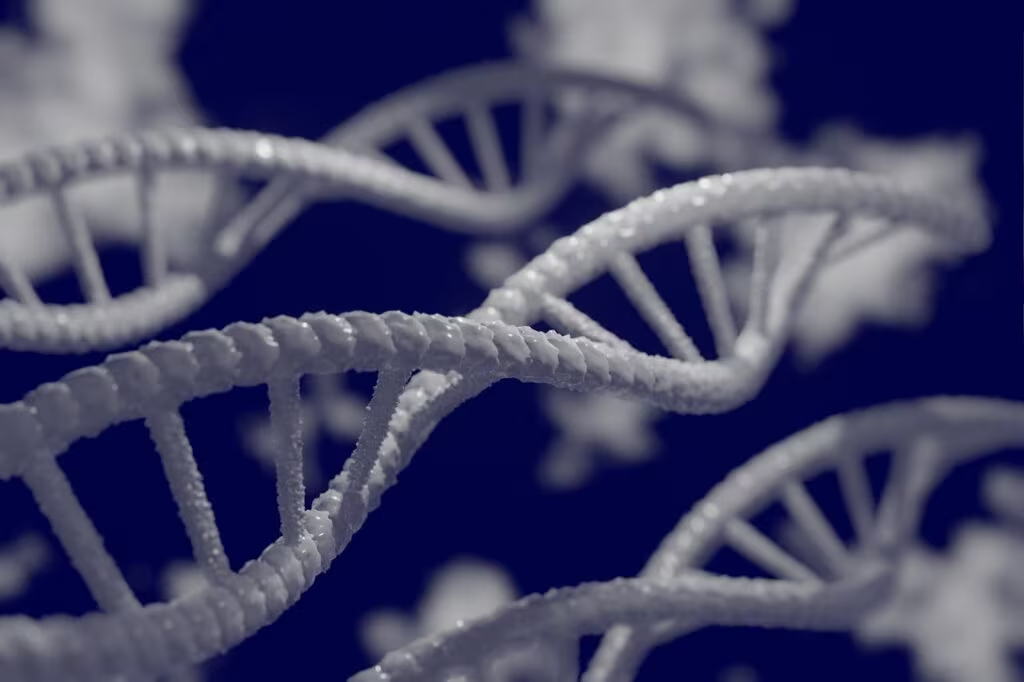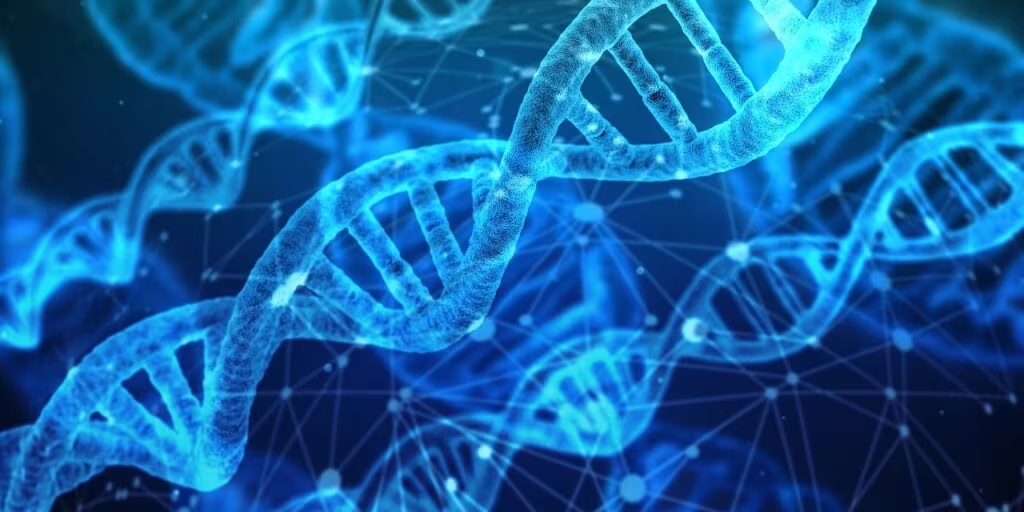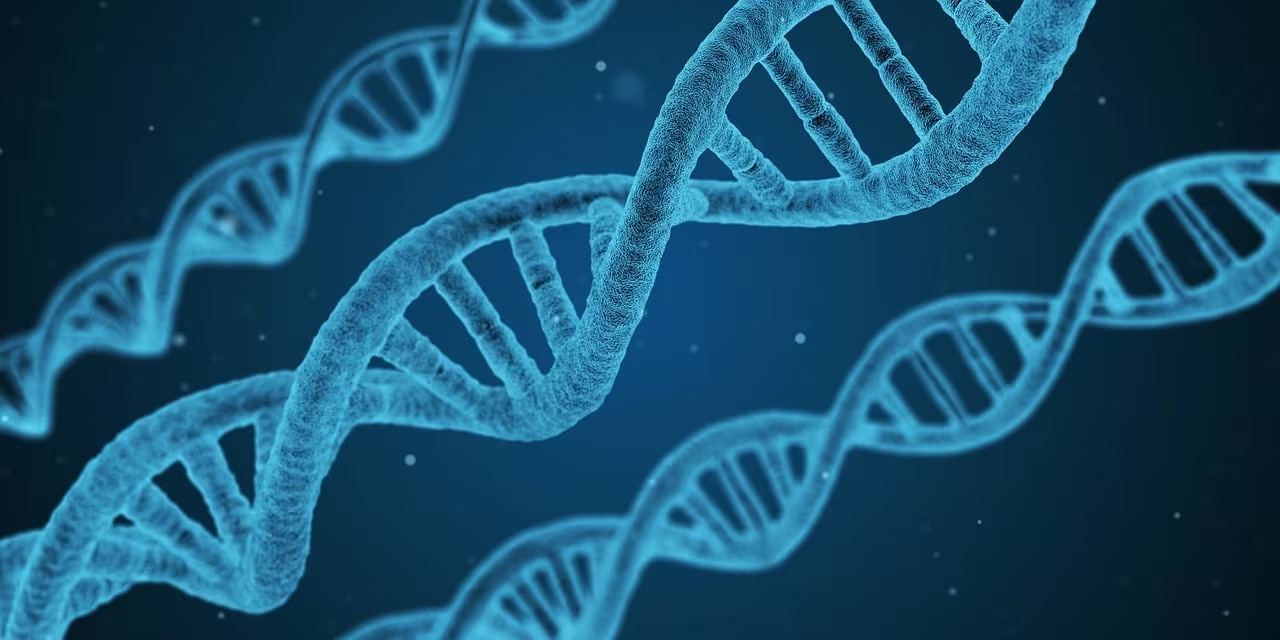The 200-Year Secret: Bowhead Whales’ Enhanced DNA Repair
For decades, the bowhead whale (Balaena mysticetus) has captivated biologists, not just for its massive size but for its extraordinary longevity. These Arctic giants are the longest-lived mammals on Earth, with some individuals estimated to survive for over 200 years. Now, a landmark study published in the prestigious journal Nature has uncovered the likely biological mechanism behind this remarkable feat: a significantly improved ability to repair damaged DNA.
Researchers found that bowhead whale cells exhibit hyper-efficient DNA repair pathways, specifically those responsible for fixing double-strand breaks (DSBs)—one of the most dangerous forms of cellular damage that drives aging and cancer in shorter-lived species.
This discovery provides crucial genetic blueprints that could inform future strategies for combating age-related diseases and extending healthy human lifespan, shifting the focus from slowing damage accumulation to boosting the body’s intrinsic repair capabilities.
Decoding the Whale’s Genomic Shield
Aging in mammals is fundamentally linked to the accumulation of cellular damage, particularly damage to the genome. Every cell faces constant assault from metabolic processes and environmental factors, leading to mutations and genomic instability. In most species, including humans, the efficiency of DNA repair declines with age, leading to cellular senescence and disease.

The Challenge of Longevity: DNA Damage
To achieve a lifespan of two centuries, an organism must possess extraordinary defenses against cancer and aging. The sheer number of cell divisions over 200 years dramatically increases the statistical probability of oncogenic mutations. The bowhead whale, despite having a body mass far exceeding humans (and thus more cells), exhibits a remarkably low incidence of cancer. This phenomenon, known as Peto’s Paradox, suggests powerful, specialized anti-aging mechanisms are at play.
The Nature study, conducted by an international consortium of geneticists and aging specialists, focused on comparing the genomes and cellular responses of bowhead whales with those of shorter-lived cetaceans and other mammals.
Hyper-Efficient Repair Pathways
The key finding centered on the enhanced function of several proteins critical for maintaining genomic stability. Specifically, the research highlighted adaptations in the pathway responsible for repairing double-strand breaks (DSBs), which are lethal if left unfixed or improperly repaired.
Researchers identified key genetic variations that result in increased expression and binding affinity of components within the MRE11 complex, a critical sensor and effector in the DNA repair process. This complex is central to both homologous recombination (HR) and non-homologous end joining (NHEJ)—the two primary mechanisms for DSB repair.
“The bowhead whale hasn’t just tweaked its repair system; it has fundamentally optimized it to be faster, more accurate, and more robust than any other mammal we’ve studied,” stated Dr. Jane Alcott, lead author of the study. “This genetic optimization allows their cells to maintain youthful genomic integrity for lifespans that defy typical mammalian biology.”
Key characteristics of the bowhead whale’s DNA repair system include:
- Increased MRE11 Complex Activity: Higher levels of the MRE11 protein and associated factors were observed, leading to rapid detection of DNA breaks.
- Enhanced Fidelity: The repair process showed fewer errors, minimizing the risk of introducing new mutations during the repair of DSBs.
- Resistance to Oxidative Stress: Whale cells demonstrated a superior ability to handle reactive oxygen species (ROS), which are major contributors to DNA damage.
Lessons for Human Aging and Disease
The implications of understanding the bowhead whale’s genomic defenses are profound, particularly for human health research focused on longevity and cancer prevention. The findings suggest that boosting specific repair pathways could be a viable therapeutic strategy.
Targeting Genomic Integrity
While human cells possess the same fundamental repair machinery, the whale’s version appears to be running at peak efficiency throughout its entire life. Scientists are now investigating how to mimic this enhanced function using the whale’s genetic blueprint.

Potential applications being explored include:
- Gene Therapy: Developing therapies that temporarily increase the expression or activity of human MRE11 complex components, mirroring the whale’s adaptations.
- Drug Development: Identifying small molecules that can act as pharmacological enhancers, improving the efficiency of existing human DNA repair proteins.
- Cancer Prevention: Since genomic instability is a hallmark of cancer, strengthening DNA repair could significantly lower the lifetime risk of developing various malignancies.
This research reinforces the concept that longevity is not merely the absence of disease, but the active maintenance of genomic stability over extended periods. The bowhead whale serves as a living model demonstrating that extreme lifespan is biologically achievable through robust cellular maintenance.
Key Takeaways
The discovery of the bowhead whale’s specialized DNA repair system marks a major step forward in comparative genomics and aging research:
- Extreme Longevity Source: The bowhead whale’s ability to live over 200 years is strongly correlated with highly efficient DNA repair mechanisms.
- Mechanism Identified: The study highlights enhanced function in proteins involved in repairing double-strand DNA breaks (DSBs), particularly the MRE11 complex.
- Peto’s Paradox Solved: The whale’s low cancer rate, despite its massive size and long life, is attributed to this superior genomic stability.
- Human Health Implications: The findings offer new targets for therapeutic intervention aimed at boosting human DNA repair fidelity and efficiency to combat aging and age-related diseases like cancer.
What’s Next
Following the publication of these findings, the research community is expected to accelerate efforts to functionally test the specific whale gene variants in human cell lines and model organisms. The immediate next phase involves high-throughput screening to identify compounds that can modulate human repair pathways to achieve whale-like efficiency. If successful, clinical trials focusing on enhancing genomic stability in vulnerable populations could begin within the next decade, fundamentally changing the approach to preventative medicine and longevity science in the mid-2020s.

Originally published: October 29, 2025
Editorial note: Our team reviewed and enhanced this coverage with AI-assisted tools and human editing to add helpful context while preserving verified facts and quotations from the original source.
We encourage you to consult the publisher above for the complete report and to reach out if you spot inaccuracies or compliance concerns.

